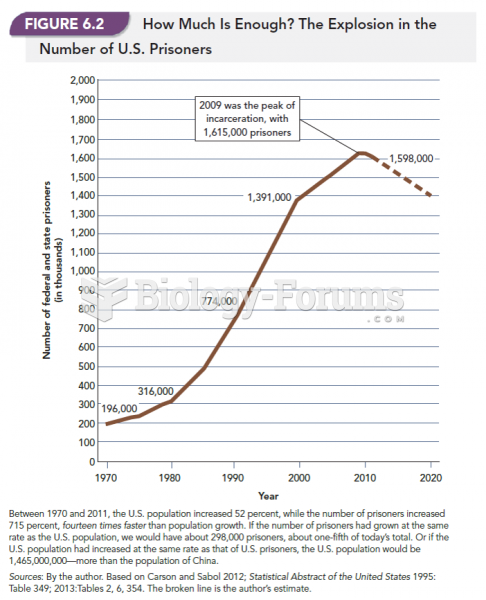Answer to Question 1
Answer: This case is about the value of the five dimensions ofself-awareness. The case illustrates the techniques used in Communist prisoner-of-war camps to dissolve social support mechanisms and destroy individual self-concept. It points out the coupling between one's social definition and self-definition. One of the strongest points illustrated is the need for a stable set of internalized principles to govern behavior. Suicides and defections were most common among prisoners without well-constructed value systems. When grading student answers, keep in mind the following points.
Self-concept is argued by many to be almost completely a socially constructed concept. The old adage from social psychology, I am what I think you think I am, is an important factor in our development of a self-concept. We are all heavily dependent on our perceptions of what we think others think of us for our feeling of self-worth.
The more self-awareness and self-knowledge, the more comfortable and confident individuals are and the more they are likely to resist social pressure. That is, the unexamined life not only is not worth living, it is the most changeable and unstable. Self-understanding leads to stability and consistency.
Self-awareness is a process, not a state; consequently, it is never completed. It is a lifelong journey.
Self-knowledge creates confidence and stability. The same is true for a well-developed, consistent set of values. When social pressures were brought to bear on prisoners of war, those who folded first were those without a foundation in values and self-confidence. They relied heavily on social perception for the definitions. The chapter stresses that self-awareness is crucial to personal progress in the midst of contradictory, ambiguous, and nonreinforcing circumstances facing all managers as they become increasingly successful.
The major technique used by the Chinese Communists in changing self-concepts (both in the post-1949 thought reform of the Chinese people and with prisoners of war) as noted in the writings of Mao Tse-tung:
Form a cohesive team that individuals identify with and feel very much a part of.
Use the group to break down the self-concept and self-identity of the individual, mainly by identifying weaknesses, transgressions, faults, and shortcomings. Do this by isolating the individual, requiring public confessions, writing personally critical autobiographies, and subjecting the individual to many group interrogations and defenses of actions.
Substitute a new idealogy as the solution to the negative feelings of self-worthlessness and sin. The party or the adoption of a new world-view is the only way to reconstruct the now-destroyed self-confidence.
Answer to Question 2
Answer: Individuals with an external locus of control have been shown to help clarify roles and are more considerate than internals. This is an advantage of people with an external locus of control. Internals are less likely to follow directions and are less accurate in processing feedback about success and failures than externals. These are disadvantages of individuals with an internal locus of control. Also, internals have a harder time reaching a decision when the outcome of such decision is a serious consequence for someone else. This too is a disadvantage of people with an internal locus of control. Advantages of individuals with an internal locus of control are that they perform better in stressful situations, engage in more entrepreneurial activity, are more active in managing their own careers, and have higher levels of job involvement and participative management style.







